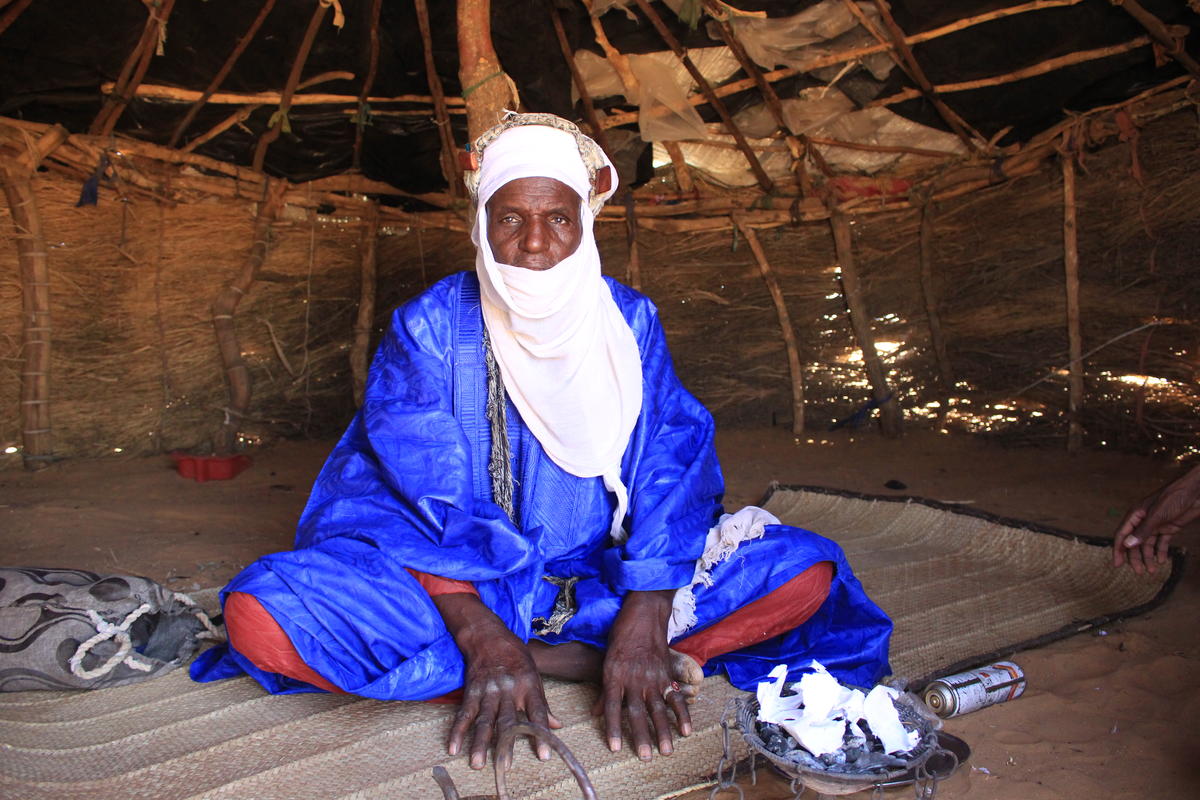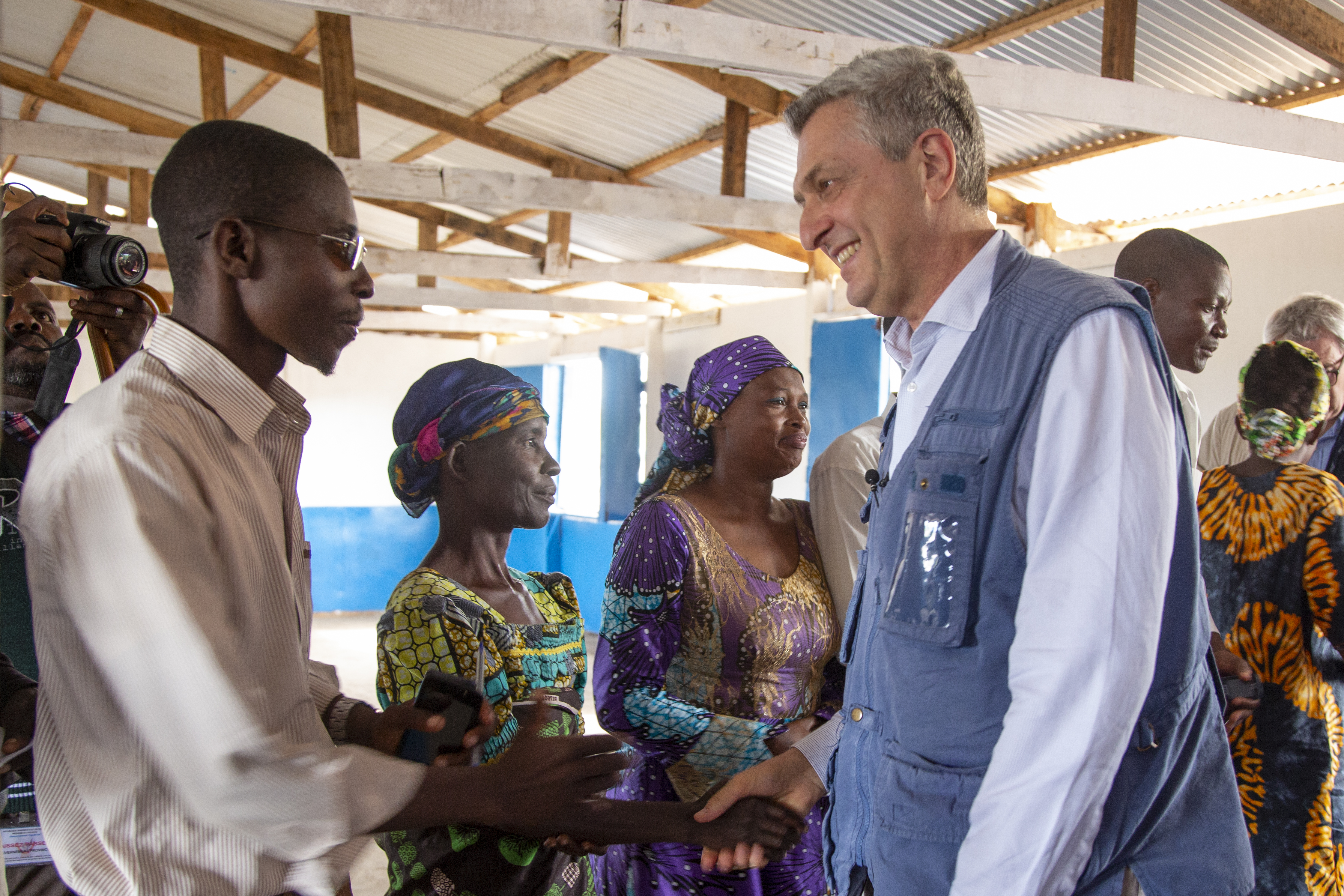Record number of African refugees and migrants cross the Gulf of Aden in 2012
Record number of African refugees and migrants cross the Gulf of Aden in 2012
A record 107,500 African refugees and migrants made the dangerous journey from the Horn of Africa to Yemen in 2012. This is the largest influx into Yemen since 2006 when UNHCR began compiling these statistics. The previous record high was in 2011 when more than 103,000 people arrived in Yemen by sea.
Eight of every ten arrivals last year were Ethiopian nationals (over 84,000 arrivals), while Somali refugees constituted the rest. Many migrants use Yemen as a transit stop en route to other Gulf States.
Despite economic and security difficulties, Yemen has continued to receive and host a record number of people fleeing the Horn of Africa in search of safety, protection and better economic conditions.
All Somali arrivals are automatically recognized as refugees by Yemeni authorities. UNHCR conducts refugee status determination for Ethiopians and other nationalities seeking asylum in Yemen. A very low percentage of Ethiopian arrivals decide to seek asylum in Yemen, partly due to a lack of awareness and access to asylum mechanisms, or do not meet the criteria to be recognized as refugees. However, for the vast majority of Ethiopian migrants protection space is nearly non-existent and they are often extremely vulnerable.
In Yemen, our teams and our Yemeni partners do daily patrols of the beaches to provide assistance to all new arrivals that pass through strategically positioned reception and transit centres. However, there are substantial difficulties in responding to the various protection risks that new arrivals face in transit and upon arrival in Yemen. Boats crossing to Yemen are often packed beyond capacity and smugglers, in order to avoid the Yemeni coast guard, force passengers into the water, often far from the shores and with tragic consequences. Some exhausted passengers are unable to swim and drown. It's estimated that at least some 100 people drowned or went missing in various incidents and shipwrecks in the Gulf of Aden and the Red Sea in 2012.
New arrivals also are exposed to exploitation, violence and sexual abuse. The situation is particularly difficult along the Red Sea coast where the strong network of smugglers and traffickers in Yemen and their counterparts at sea limits UNHCRs ability to reach new arrivals. Yemeni smugglers and traffickers are often waiting on the coast to receive new arrivals. Traffickers mainly target Ethiopian nationals looking to travel onwards to other Gulf states.
Conflict and instability in the north and south of the country have curbed the ability of Yemeni authorities to address trafficking. In 2012 there was a proliferation in smuggling and trafficking, and a significant increase in reported cases of violence and abuse perpetrated against new arrivals. The increased presence of criminal and armed gangs of smugglers and traffickers is an additional risk to our staff and staff of our implementing partners.
The continually growing mixed migration movement from the Horn of Africa is an issue affecting the region beyond Yemen. We welcome the decision of the authorities in Sana'a to host a regional conference this year with UNHCR as part of wider efforts to develop a strategy to manage the flow of mixed migrants, and prevent and reduce smuggling and trafficking in the region.
Yemen is a historic transit hub for migrants and stands out in the region for its hospitality towards refugees. The country currently hosts over 236,000 refugees, virtually all of them of Somali origin. There are also more than 300,000 internally displaced Yemeni civilians in the north due to recurring conflict since 2004.
Meanwhile in the south, more than 100,000 IDPs have returned to their areas of origin in Abyan governorate as the conflict subsided and the conditions improved. UNHCR has been advocating with the government and international community to ensure sustainability of these returns. In order to meet the needs of the returning IDPs, UNHCR airlifted from Kenya to Aden emergency relief items such as blankets, plastic sheets and sleeping mats on 30 December 2012. The airlift and the further assistance arriving by sea will assist some 30,000 most vulnerable Yemeni families to start anew.
For more information on this topic, please contact:
- In Yemen, Edward Leposky on mobile +967 71 222 4022
- In Geneva: Andrej Mahecic on mobile +41 79 200 7617








